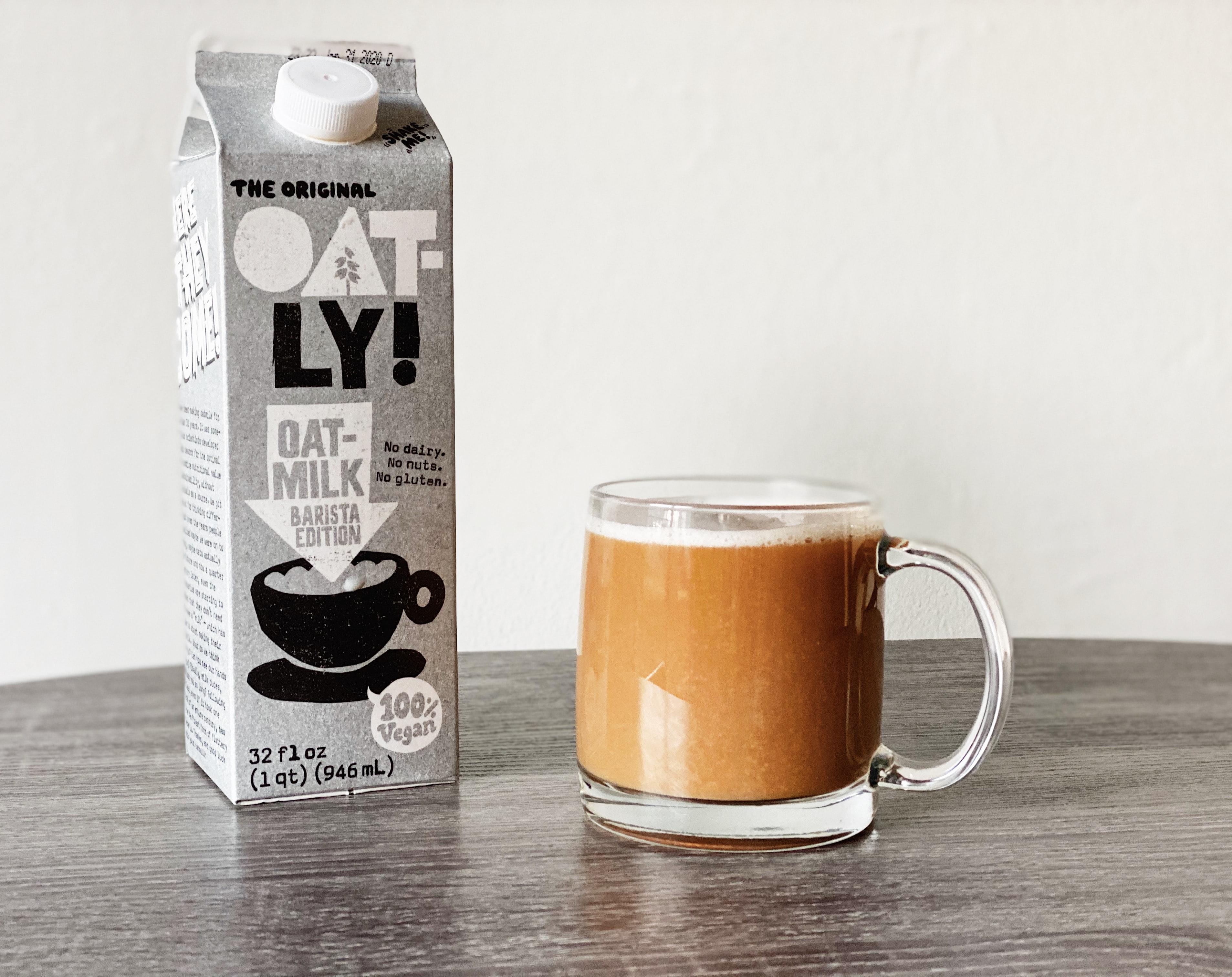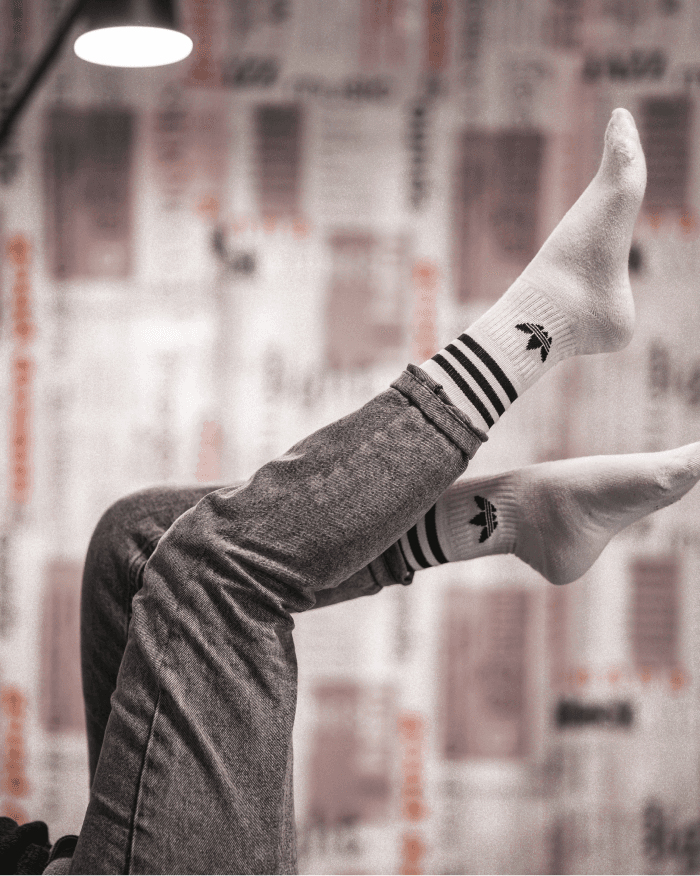Decision
In its judgement in Case T-0207/09, the General Court limited itself to holding the view that the Board committed an error by considering that the signs were not sufficiently similar under Article 8(1)(b) CTMR and were sufficiently similar under Article 8(5) CTMR. As similarity, according to the General Court, must be assessed according to the same concept in those two provisions, the Board erred in law and the contested decision was annulled. Since the Court has not ruled on either notion, both should be re-examined by the Board. The Board is in principle satisfied with the examination carried out in the ODs decision under Article 8(1)(b), to which reference is made. The average consumer in the EU, even though reasonably attentive and circumspect, will not pay attention to the difference between the word element ‘NICKOL, written in small letters, and the word element ‘NIKE and will simply overlook the differences, when applied to the identical goods in Class 9. The relevant consumer will be attracted by the hook, highly similar to ‘Nikes swoosh, and the letter ‘N, written in a font that is the same as that used by ‘NIKE and will erroneously think that the products offered by the applicant have their commercial origin from the well-known opponents company. As to the opponents claim under Article 8(5) CTMR, the Board notes that the reputation of both elements, the word ‘NIKE and the hook design is not disputed. Moreover, the degree of similarity of the signs is a necessary and important element in the context of Article 8(5) CTMR. In the present case, the signs have been found to be visually and aurally similar. On the whole the combination of the common features, is that of similarity, i.e. the similarly tilted letter ‘N, and the highly similar curved line (‘the swoosh) which is very prominent in both marks and which, even on its own, is a highly distinctive sign due to its reputation and is well known by the relevant public to be a mark of ‘NIKE International Ltd. Independently of whether the brand-conscious public may confuse the signs, it will at least make a conceptual link between the applicants sign and the opponents. The fact that for the relevant consumer, the later mark calls the earlier mark with a reputation to mind is tantamount to the existence of a link between the conflicting marks. On account of the link between the marks and the proximity between the G&S compared, it is likely that, by using the contested trade mark, the applicant will take unfair advantage of the repute and the consistent selling power of the earlier mark. Moreover, the blunt imitation of the earlier mark by varying the trade mark ‘NIKE to ‘NICKOL and by compressing the ‘swoosh to a less elongated shape leads to a risk of dilution of both elements. Finally, the fact that the earlier mark will no longer arouse an immediate association with the goods for which it is registered and used would undermine the commercial efforts made by the opponent for the development of its marks. The appeal is dismissed.





